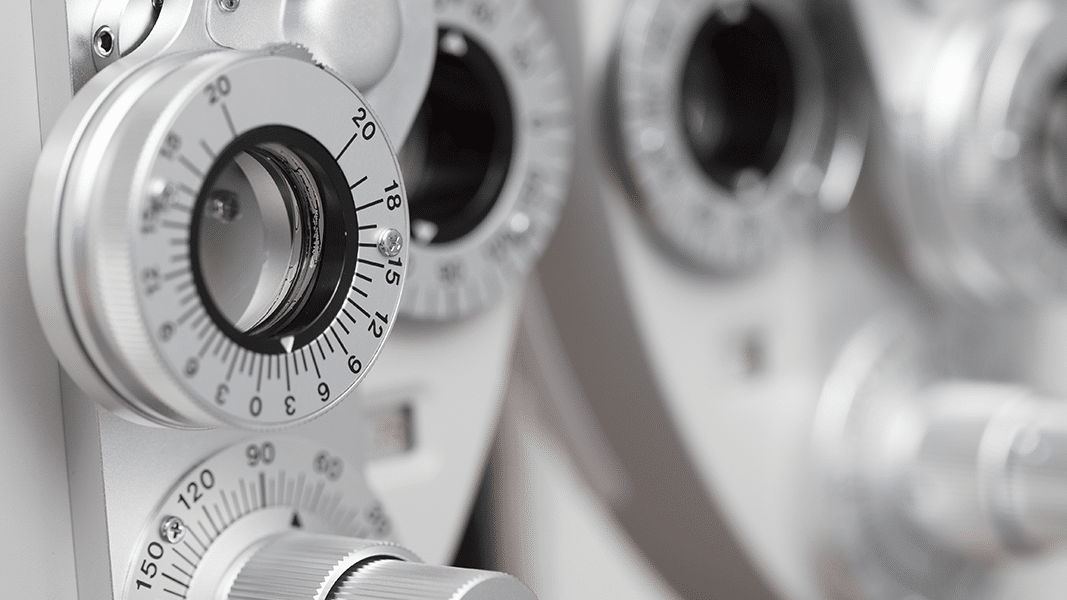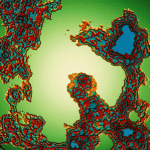Robert Randall was the first U.S. citizen to legally access cannabis based on medical necessity since the start of prohibition.
He and his wife, Alice O’Leary Randall, sued the government because THC-rich cannabis was the only effective medicine for his glaucoma. More recently, the American Academy of Ophthamology has taken a stance against cannabis for glaucoma, citing the high dose of THC needed and the efficacy of new medications. But whether or not cannabis is used for glaucoma, doctors should be taking note of the endocannabinoid system in many parts of the eye. Scientists led by Alex Straiker at the University of Indiana — a powerhouse of cannabinoid research — have recently described the role of cannabinoids in healing wounds on the cornea, the protective film on the eye’s surface. They looked at one of the less established cannabinoid receptors, called GPR18, which mediates some of cannabinoids’ effect on blood pressure and cardiovascular health. GPR18 is an orphan receptor, meaning its natural activator is not known. The lead candidate is a compound called NAGly (N-arachidonoylglycine). NAGly is thought to be synthesized from the breakdown products of anandamide. Using a mouse model, the researchers show that activating GPR18 with NAGly speeds up the rate at which cells proliferate to close a wound like a scratch on the cornea. Blocking this receptor has the opposite effect; it slows eye’s ability to repair.
Read study: Evidence for a GPR18 Role in Chemotaxis, Proliferation, and the Course of Wound Closure in the Cornea
Adrian Devitt-Lee is a research scientist and longtime Project CBD contributor. © Copyright, Project CBD. May not be reprinted without permission.







